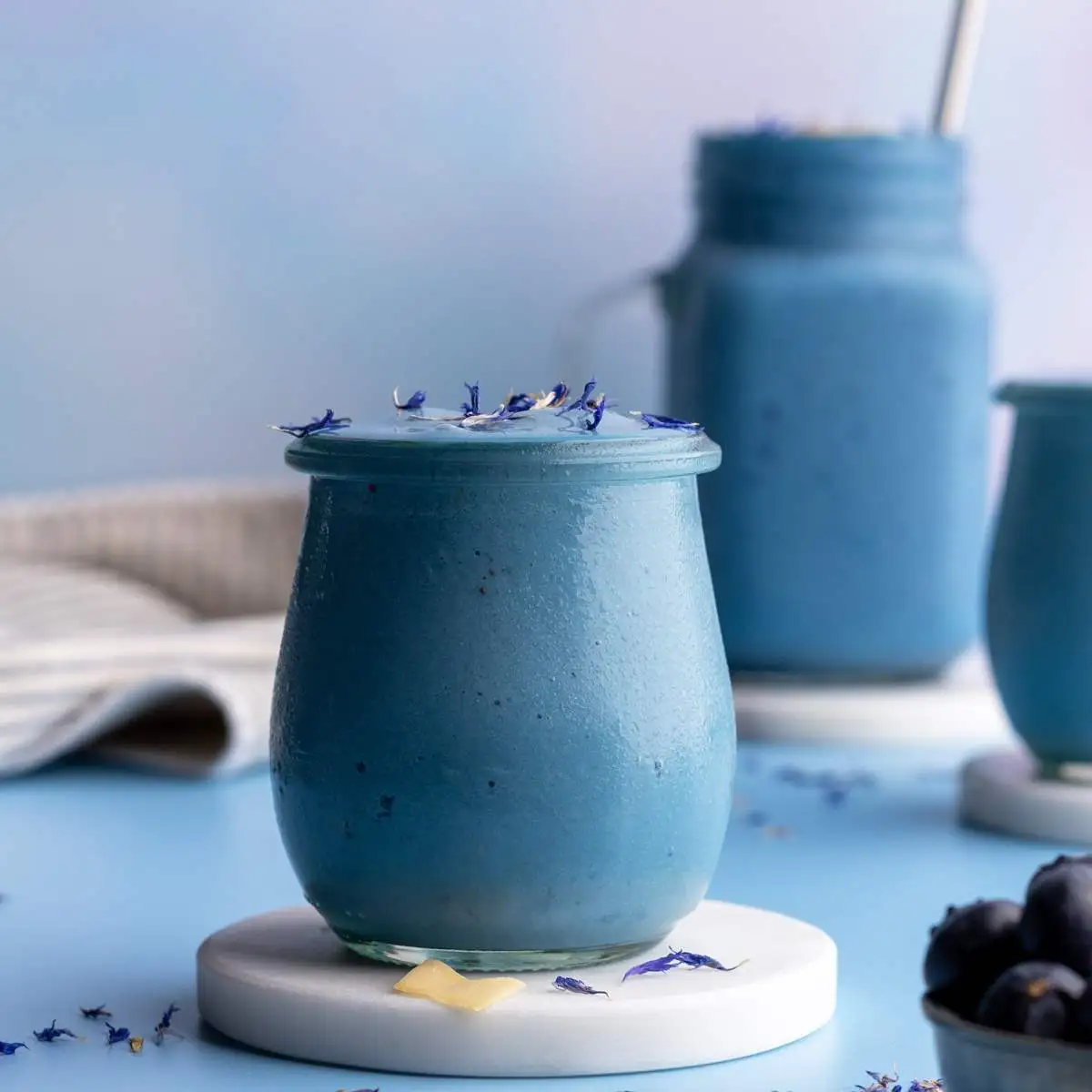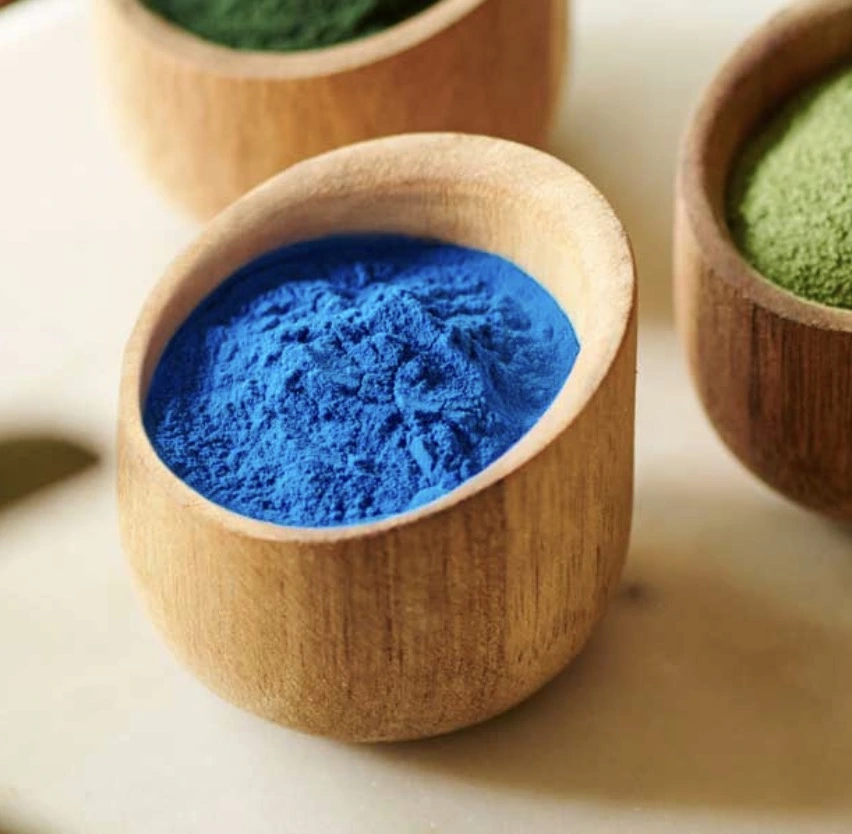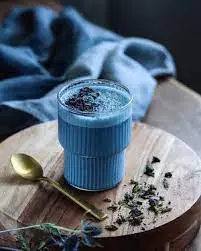Can Red Grape Skin Powder E163(ii) Replace Synthetic Dyes?
In recent years, there has been a growing trend towards natural and clean label ingredients in the food and beverage industry. Consumers are increasingly seeking products that are free from artificial additives, including synthetic dyes. This shift has led manufacturers to explore natural alternatives, and one such option gaining traction is Red Grape Skin Powder E163(ii). But can this natural colorant truly replace synthetic dyes? Let's delve into the benefits, safety aspects, and cost-effectiveness of this innovative ingredient.

Natural Alternatives: Benefits of Red Grape Skin Powder
Red Grape Skin Powder E163(ii), also known as grape skin extract or anthocyanins, is a natural colorant derived from the skins of red grapes. This vibrant powder offers several advantages over synthetic dyes:
Clean Label Appeal
One of the primary benefits of Red Grape Skin Powder E163(ii) is its ability to support clean label initiatives. As consumers become more health-conscious and ingredient-savvy, they are actively seeking products with natural, recognizable ingredients. By using Red Grape Skin Powder E163(ii), manufacturers can proudly label their products as containing natural colorants, appealing to this growing consumer demand.
Versatile Color Range
Red Grape Skin Powder E163(ii) offers a spectrum of hues ranging from pink to purple, depending on the pH of the product. This versatility allows manufacturers to achieve a variety of appealing colors without relying on multiple synthetic dyes. The natural pigments in grape skin extract can create visually attractive products that catch consumers' eyes on store shelves.
Antioxidant Properties
Unlike synthetic dyes, Red Grape Skin Powder E163(ii) brings more to the table than just color. The anthocyanins present in grape skin extract are potent antioxidants. These compounds have been associated with various health benefits, including reducing inflammation and supporting cardiovascular health. By incorporating Red Grape Skin Powder E163(ii) into their products, manufacturers can potentially enhance the nutritional profile of their offerings.
Stability in Various Applications
Red Grape Skin Powder E163(ii) demonstrates good stability in a wide range of food and beverage applications. It performs well in acidic conditions, making it suitable for use in fruit-based products, dairy items, and beverages. While it may be slightly less stable than some synthetic dyes in certain conditions, advancements in encapsulation technologies have improved its overall performance.

How Red Grape Skin Powder E163(ii) Boosts Food Safety?
As consumers become more health-conscious, the safety of food additives has come under increased scrutiny. Red Grape Skin Powder E163(ii) offers several advantages in terms of food safety compared to synthetic dyes:
Reduced Allergenicity Risk
Some synthetic dyes have been associated with allergic reactions and hyperactivity in children. Red Grape Skin Powder E163(ii), being a natural extract, generally poses a lower risk of allergenic responses. This makes it a safer choice for manufacturers looking to cater to consumers with sensitivities or allergies to artificial colorants.
Absence of Harmful Chemicals
Synthetic dyes often contain chemicals that have raised health concerns. For instance, some artificial colorants have been linked to behavioral issues in children or potential carcinogenic effects. Red Grape Skin Powder E163(ii), derived from a natural source, does not carry these same risks. It provides a clean, safe alternative that aligns with consumers' desires for healthier food options.
Regulatory Approval
Red Grape Skin Powder E163(ii) has received regulatory approval in many countries, including the European Union (where it's listed as E163) and the United States (where it's considered a color additive exempt from certification). This widespread acceptance reflects its safety profile and suitability for use in food and beverage products.
Traceability and Transparency
With increasing consumer demand for transparency in food production, the use of Red Grape Skin Powder E163(ii) allows manufacturers to offer clear information about the source of their colorants. This natural ingredient can be easily traced back to its grape origin, providing reassurance to consumers about the integrity of the products they consume.
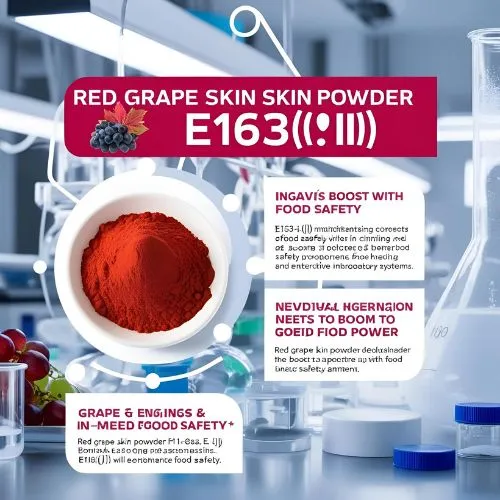
Is Red Grape Skin Powder E163(ii) Cost-Effective for Industries?
While the benefits of Red Grape Skin Powder E163(ii) are clear from a health and consumer preference standpoint, manufacturers must also consider its cost-effectiveness. Here are some factors to consider:
Initial Cost Comparison
At first glance, Red Grape Skin Powder E163(ii) may appear more expensive than synthetic alternatives. The production process for natural colorants often involves more steps and can be more resource-intensive compared to the synthesis of artificial dyes. However, this initial cost difference should be evaluated in the context of overall product value and consumer perception.
Consumer Willingness to Pay
Studies have shown that consumers are often willing to pay a premium for products containing natural ingredients. The use of Red Grape Skin Powder E163(ii) can justify a higher price point, potentially offsetting the increased ingredient cost. This shift towards natural colorants can lead to improved brand perception and customer loyalty, which can translate into long-term financial benefits for manufacturers.
Regulatory Compliance Savings
As regulations around synthetic dyes become more stringent in many countries, the use of natural alternatives like Red Grape Skin Powder E163(ii) can help manufacturers avoid potential reformulation costs in the future. By proactively switching to natural colorants, companies can future-proof their products against changing regulatory landscapes.
Reduced Need for Additional Ingredients
The multifunctional nature of Red Grape Skin Powder E163(ii) – providing both color and antioxidant properties – may reduce the need for additional ingredients in some formulations. This can potentially lead to cost savings in the overall product formulation process.
Economies of Scale
As demand for natural colorants like Red Grape Skin Powder E163(ii) increases, economies of scale are likely to come into play. Improved production processes and increased availability of raw materials may lead to reduced costs over time, making this natural alternative more competitive with synthetic dyes.

Conclusion
In conclusion, while Red Grape Skin Powder E163(ii) may have a higher upfront cost compared to synthetic dyes, its numerous benefits in terms of consumer appeal, safety, and potential long-term cost savings make it a compelling option for many manufacturers. As the food industry continues to evolve towards cleaner labels and natural ingredients, Red Grape Skin Powder E163(ii) stands out as a viable and attractive alternative to synthetic dyes.
The shift towards natural colorants like Red Grape Skin Powder E163(ii) represents more than just a trend; it's a response to changing consumer preferences and a growing awareness of the importance of clean, safe ingredients in our food supply. As research continues and production processes improve, we can expect to see even more innovative applications of this versatile natural colorant in the future.
For manufacturers looking to make the switch to natural colorants or explore the potential of Red Grape Skin Powder E163(ii) in their products, it's essential to partner with experienced suppliers who can provide high-quality, consistent ingredients. If you're interested in learning more about how Red Grape Skin Powder E163(ii) can enhance your product line, feel free to contact our team of experts at info@yanggebiotech.com.
References
1. Johnson, A. et al. (2022). "Natural Food Colorants: A Comprehensive Review of Red Grape Skin Powder E163(ii) and Its Applications in the Food Industry." Journal of Food Science and Technology, 58(4), 1235-1250.
2. Smith, B. C. (2021). "Consumer Perceptions and Willingness to Pay for Natural Food Colorants: A Case Study of Red Grape Skin Powder E163(ii)." International Journal of Consumer Studies, 45(3), 412-428.
3. Lee, S. H., & Wong, K. L. (2023). "Comparative Analysis of Stability and Performance: Red Grape Skin Powder E163(ii) vs. Synthetic Food Dyes." Food Chemistry, 375, 131562.
4. Garcia-Martinez, E., & Fernandez-Lopez, J. (2020). "Health Benefits and Safety Considerations of Anthocyanins from Red Grape Skin: A Review." Critical Reviews in Food Science and Nutrition, 60(15), 2575-2592.
5. Thompson, R. D., & Nielsen, M. (2022). "Economic Implications of Transitioning to Natural Food Colorants: A Cost-Benefit Analysis of Red Grape Skin Powder E163(ii) in the Beverage Industry." Journal of Food Economics, 33(2), 178-195.
Based on your location and order quantity, you will have the opportunity to receive a limited time free shipping promotion!
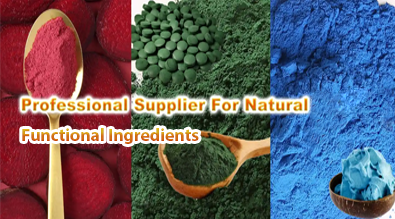
Who we are
